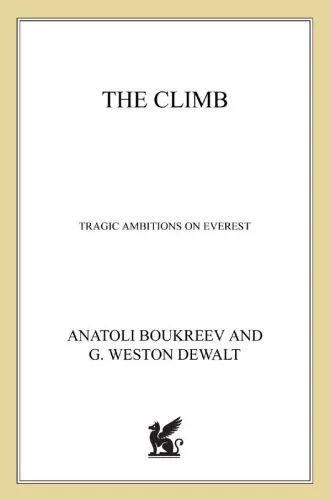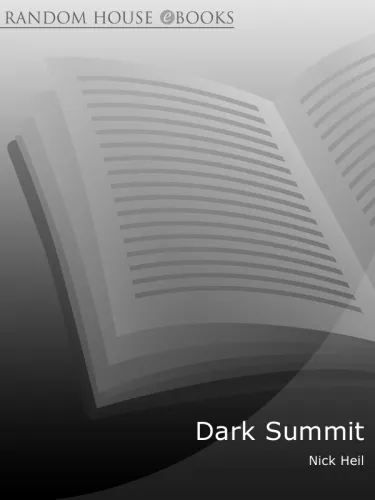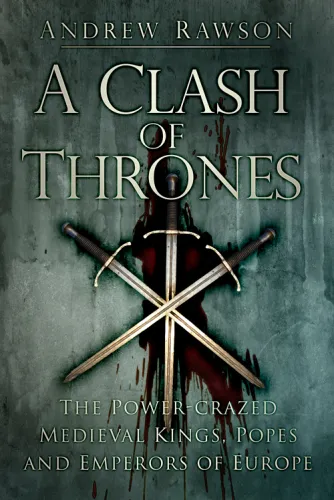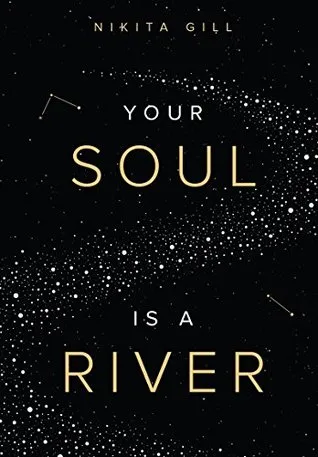The Blind Owl
4.0
Reviews from our users

You Can Ask your questions from this book's AI after Login
Each download or ask from book AI costs 2 points. To earn more free points, please visit the Points Guide Page and complete some valuable actions.Related Refrences:
The Blind Owl: An Introduction
Published in 1937, Sadegh Hedayat's “The Blind Owl” is a profound piece of literature that delves into the depths of despair, isolation, and existential angst. An illustrious work in Iranian literature, it has captured the attention of readers worldwide with its melancholic beauty and abstract style.
Detailed Summary
“The Blind Owl” tells the story of a solitary narrator plagued by existential dread and deep-seated despair. He is an unnamed painter of pen cases, or perhaps a writer, who is enveloped in his morose thoughts and hallucinations. The novel opens with haunting imagery, describing the painter's forlorn surroundings, mirroring his inner turmoil. As he writes to an unidentifiable shadow on the wall, the narrative unfolds through a series of eerie and surreal sequences.
The narrator frequently speaks of a mysterious woman, a symbol of both unattainable beauty and the source of his torment. His relationship with this enigmatic figure is central to the plot and symbolizes the complexities of identity and reality. The novel blurs the lines between the real and the imaginary, making readers question the true nature of the events depicted.
Hedayat's narrative structure is non-linear, oscillating between different layers of consciousness and time. The painter’s visions, often nightmarish and filled with macabre symbols, are juxtaposed with his drab reality, creating a sense of timelessness and perpetuity in his suffering. This blend of fantastical and stark realism encapsulates the existential themes that permeate the text.
Key Takeaways
- Existential Exploration: The novel serves as an exploration of existential philosophy, delving into themes of alienation, the absurdity of life, and the search for meaning.
- Psychological Depth: It provides insight into the complexities of the human psyche, portraying the turmoil of mental health with raw and uncompromising honesty.
- Literary Innovation: Hedayat’s narrative style, characterized by stream-of-consciousness and symbolic imagery, has been influential in modern literature, challenging traditional narrative structures.
Famous Quotes from the Book
"In life there are wounds that, like leprosy, quietly scrape at and consume the soul, in solitude."
"The shadow of the things from the next world is cast upon the incompleteness of this one."
Why This Book Matters
“The Blind Owl” is not only a landmark in Iranian literature but also an essential exploration of universal human themes. It resonates on a deeply personal level with readers who have grappled with their own existential questions. The novel’s intense psychological authenticity and innovative narrative style set it apart as a timeless classic. It has transcended its cultural origins, finding a global audience that appreciates its profound examination of existential despair and the search for meaning in a seemingly indifferent universe.
Sadegh Hedayat’s work invites readers to confront their own inner demons and question the nature of reality and identity, making “The Blind Owl” a crucial read for those intrigued by the complexities of the human condition. It remains a significant contribution to world literature, prized for its depth, eloquence, and enduring relevance.
Free Direct Download
You Can Download this book after Login
Accessing books through legal platforms and public libraries not only supports the rights of authors and publishers but also contributes to the sustainability of reading culture. Before downloading, please take a moment to consider these options.
Find this book on other platforms:
WorldCat helps you find books in libraries worldwide.
See ratings, reviews, and discussions on Goodreads.
Find and buy rare or used books on AbeBooks.
1568
بازدید4.0
امتیاز0
نظر98%
رضایتReviews:
4.0
Based on 0 users review
Questions & Answers
Ask questions about this book or help others by answering
No questions yet. Be the first to ask!
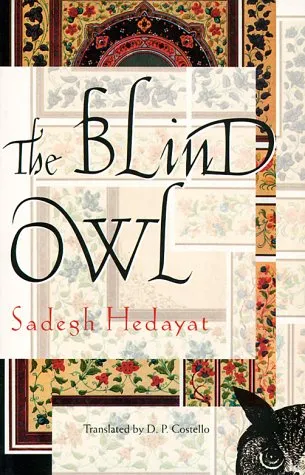
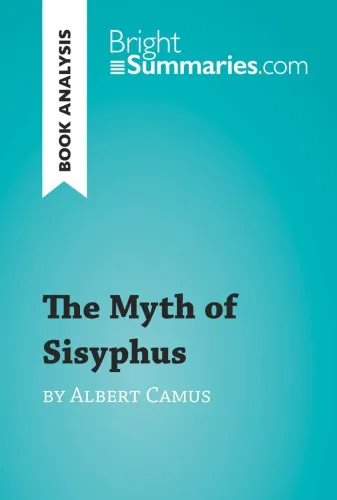
![Strategy and Human Resource Management (Management, Work and Organisations) [Team-IRA]](https://s3.refhub.ir/images/thumb/Strategy_and_Human_Resource_Management__Manag_22338.webp)
![ISE Vander's Human Physiology [Team-IRA]](https://s3.refhub.ir/images/thumb/ISE_Vander_s_Human_Physiology__Team-IRA_22339.webp)
![Human Physiology ISE [Team-IRA]](https://s3.refhub.ir/images/thumb/Human_Physiology_ISE__Team-IRA_22340.webp)
